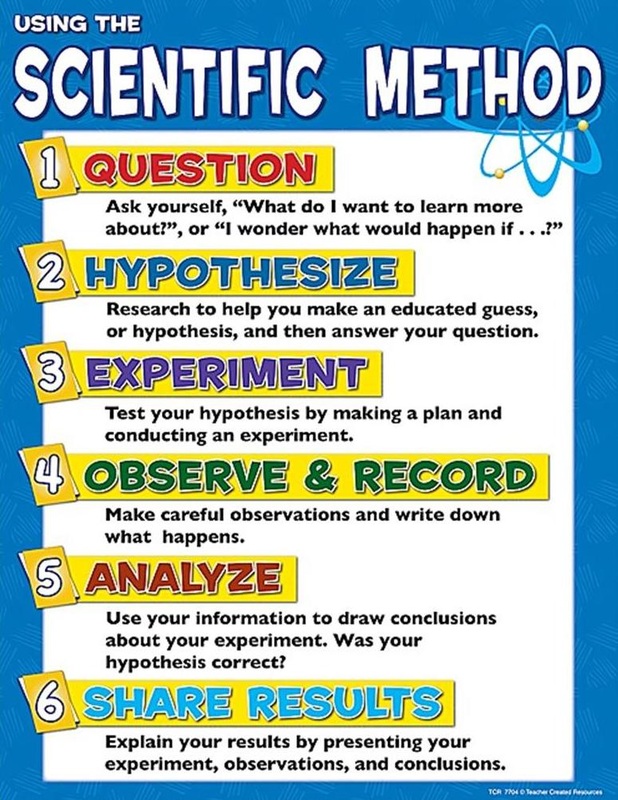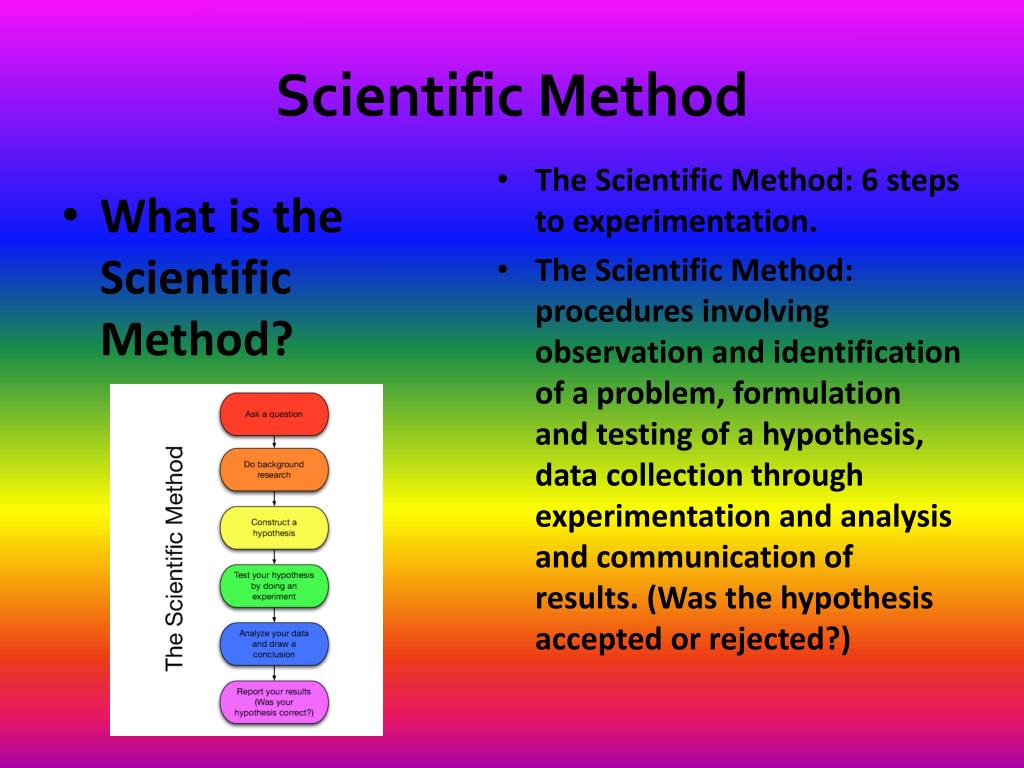

A hypothesis is often called an “educated guess”. HYPOTHESIS – With the background information learned an idea is made on how

RESEARCH – Research on the topic to find out if anyone has already found the answer, what has been tried before, and what problems others faced in researching the topic. QUESTION – It all starts with a question from making an observation. OBSERVATION – You observe something that makes you wonder This process is called “Peer Review.” This evaluation by other scientists helps to establish the validity and truthfulness of the research and to find any errors, problems, or mistakes in the study. Have data and evidence to support them is key to real science.Ī final step (Share) is added to communicate the findings of the research so others can reproduce the study to confirm its findings or to show errors. This method is used in all sciences and being able to produce answers and facts that

Collect and Analyze data – Observe, take measurements and graph the data.Experiment – Conduct a test to find out if your hypothesis is right or not.Hypothesis – Make a logical, educated guess of what you think might happen.Research – Find out what is already known, collect information on the question.Question – Define and state what the problem or question is.At the core is 6 basic steps, other steps may be added, such as gathering materials and writing the procedures for the experiment and adding the last step to publish or share your results. There are sub-steps and different terms that can be used to describe the steps. It is the foundation for scientific research and knowledge. Scientific Method Steps – Guidelines to the scientific problem-solving processĪ Scientific Method is a problem-solving approach to finding out answers to questions.


 0 kommentar(er)
0 kommentar(er)
